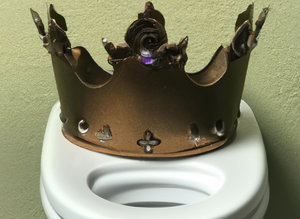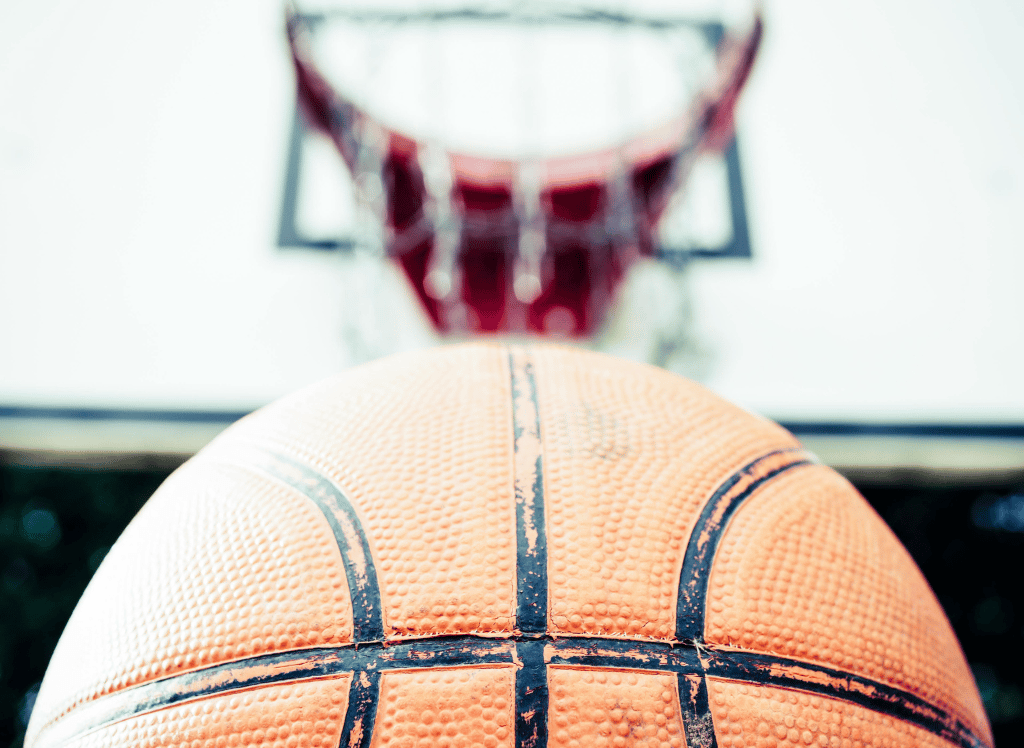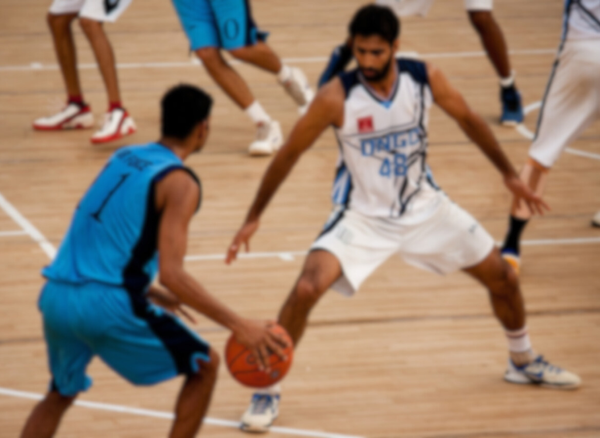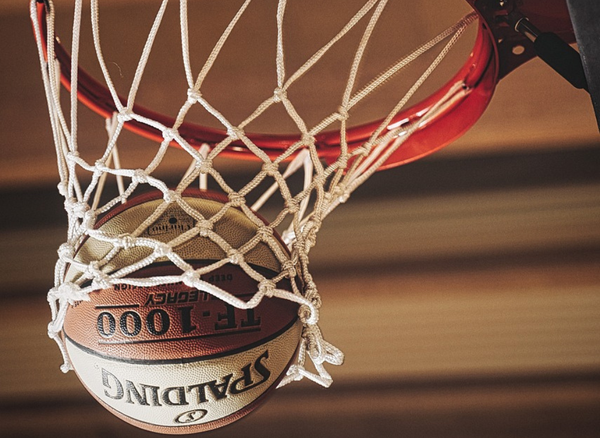Basketball is a game full of jumps, dunks, and dynamic moves, and comes with its fair share of rules and fouls, among them is the shooting foul. Let's take a shot on what this type of foul is.
What is a shooting foul in basketball?
A shooting foul occurs when a defensive player makes illegal contact with an offensive player who is in the act of shooting.
This isn't just a gentle pat on the back; we're talking about contact that disrupts the shooter's flowy dance with the hoop. Whether it's a two point shot or a daring three point shot, if the defender interrupts this ballet, the referee will blow the whistle faster than you can say "foul."
The immediate consequence? A free throw attempt for the fouled player. If they were attempting a two-pointer, they get two free throws. A disrupted three-point attempt results in three free throws. It's like getting a consolation prize in the form of potential points.
When Free Throws Come into Play
Free throws are penalty shots in basketball. The fouled player heads to the foul line, gets the ball, and has a clear, unobstructed shot at the basket. The rest of the players can only watch, probably calculating the odds of the shots going in or missing, adding a nice little spike of suspense to the game.
This penalty situation not only gives the shooter a chance to score 'easy' points but also adds to the opposing team's foul total. In leagues like the NBA, accumulating too many team fouls (five in a quarter) can lead to a penalty situation, giving the opposing team more free throws. It's like a domino effect, but with more bouncing.
Drama of Excessive Contact
Not all shooting fouls are created equal. Enter the flagrant foul, the drama queen of fouls. This occurs when the contact is not just illegal but also deemed excessive or unsportsmanlike. This isn't just about stopping the player; it's about making a statement, and unfortunately, it's the wrong kind. The NBA particularly frowns upon such unsportsmanlike acts, leading to even harsher penalties like giving the fouled player free throws and possession of the ball. It's like saying, "That was not cool, buddy. Not cool."
Different Strokes in Different Leagues
The NBA and NCAA college basketball might be siblings in the basketball family, but they have their own house rules. While the fundamental definition of a shooting foul remains the same, the NCAA is a bit stricter when it comes to personal fouls. A player is ousted from the game after racking up five fouls, as opposed to six in the NBA. It's like having a strict curfew; you need to watch your steps (and your hands).
Impact on the Game
Shooting fouls can change the momentum of the game. They not only add points but can also disrupt the rhythm of the opposing team and even lead to key players sitting out due to foul trouble. Imagine being the star player and having to bench-watch the game because you got a little too enthusiastic defending. Talk about a mood killer.
Coaches and Their Challenges
Coaches have their work cut out for them. Not only do they need to strategize the game, but they also have to keep an eye on the foul total and manage player rotations, especially when key players are in foul trouble. If a player or coach receives two technical fouls in the same game, they're shown the exit. It's like being grounded for not playing by the rules.
Shooting Foul FAQ
Welcome to the Frequently Asked Questions on shooting fouls, where confusion meets its match! We hope to give you the lowdown in a way that’s as straightforward as a free throw.
Can a shooting foul be called if the shooter was not in the act of shooting?
No, a shooting foul specifically refers to illegal contact made while the offensive player is attempting a shot. If the contact occurs before or after, it's a different type of foul.
What happens if a player commits a shooting foul but the shot goes in?
If the shot is successful despite the foul, the points count, and the fouled player is awarded one additional free throw. This is often referred to as an "and-one" situation.
Are there any specific penalties for repeated shooting fouls by the same player?
While there are no additional penalties specifically for multiple shooting fouls, a player accumulating personal fouls, including shooting fouls, risks fouling out of the game after reaching the foul limit (five in NCAA, six in NBA).
What is a shooting foul in the NBA?
A shooting foul in basketball is a personal foul committed by a defensive player against an offensive player in the act of shooting. It results in free throw attempts for the fouled player.
What is the penalty for a shooting foul?
The penalty for a shooting foul is free throw attempts for the fouled player, with two or three shots depending on the type of shot attempted.
Is a personal foul a shooting foul?
Not all personal fouls are shooting fouls, but all shooting fouls are personal fouls. Personal fouls refer to any illegal contact made by a player against another player on the opposing team. Shooting fouls specifically occur when the contact is made against an offensive player in the act of shooting.
Is a shooting foul a shot attempt?
A shooting foul is not considered a shot attempt if the shot is missed when fouled. It does not count towards the total number of shots taken by a player or team during a game. But if the offensive player makes the shot while being fouled, it is a shot attempt.
What is the difference between a shooting foul and a non shooting foul?
A shooting foul occurs when an offensive player is in the act of shooting, while a non-shooting foul can occur at any other time during the game.
Does a shooting foul count as a team foul?
Yes, a shooting foul does count as a team foul.
Summary
A shooting foul in basketball is a critical and often game-changing event that occurs when a defender illegally contacts an offensive player during a shot attempt. This leads to free throws, which can add crucial points to the scoreboard. Understanding the nuances of this rule helps appreciate the strategic depth of basketball, whether you're a casual viewer or a hardcore fan.









